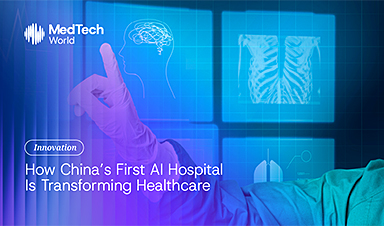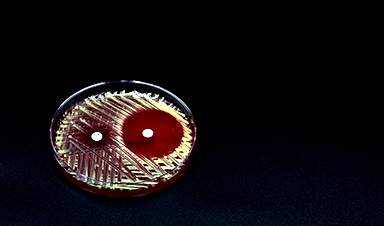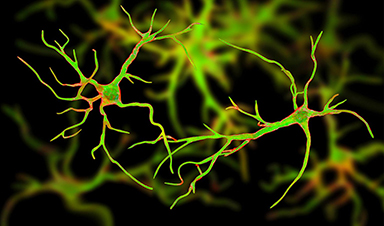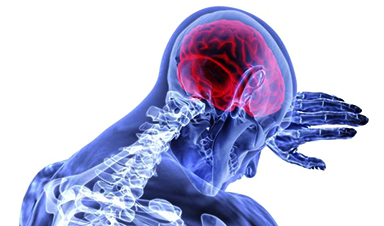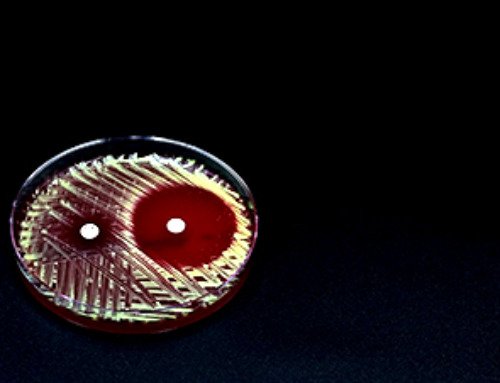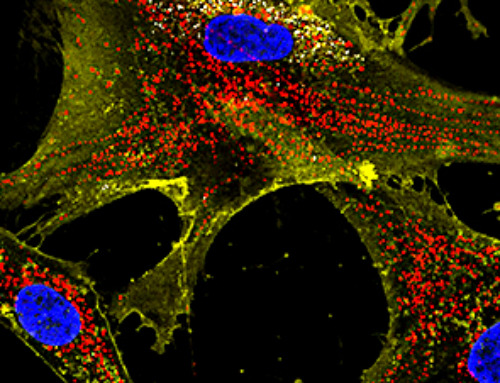Artificial Intelligence and its developments have had a revolutionary impact on society, and healthcare is not an exception. China has made massive strides in AI integrated healthcare, and continues to do so as AI tools are deployed in hospitals across the country.
China’s ambitions for artificial intelligence are staggering. The country is projected to invest more than US$1.4 trillion into AI development by 2030, a figure that eclipses the GDP of many nations. But what’s perhaps more astonishing is where some of that investment is already landing: hospitals powered not by humans, but by AI doctors.
In 2024, Tsinghua University made headlines with the launch of the world’s first AI hospital, Agent Hospital—a concept that blends virtual AI agents, clinical care, and real-world pilot deployment into one tightly integrated system. Now that vision is being refined, tested, and expanded across China in what might be one of the most ambitious attempts to reimagine modern healthcare.
What is Agent Hospital, and why does it matter?
Tsinghua’s Agent Hospital was made up of 14 AI doctors upon launch. At its core, is MedAgent-Zero, the self-evolving AI framework developed by the University’s AIR (Institute for AI Industry Research). Moreover, in November of 2024, the “Zijing AI Doctor” was launched. Developed by a Tsinghua University spin-out start-up, Zijing Zhikang, to serve as the core component in AI Agent’s ecosystem.1 The system features 42 AI doctors across 21 clinical specialties, covering over 300 diseases. Furthermore, each specialty has trained its virtual agents on over ten common conditions. And finally, by creating a pool of half a million synthetic patient cases to test and evolve diagnostic accuracy. These AI doctors can treat 10,000 patients with 93% accuracy in a matter of days, a feat that would take real doctors years to complete.
Furthermore, these doctors aren’t chatbots; they’re AI systems capable of autonomously working with AI generated patients in a fully-fledged closed-loop ecosystem.
The system underwent internal testing in November of 2024, in which the closed-loop environment was used to rapidly and extensively evolve the AI doctor agents. Moreover, internal testing enabled vast simulation, and refinement using virtual patient data and clinical workflows. Consequently, the system was made ready to undergo public pilot testing, which has since greatly superseded internal testing.
Transition from Internal Simulation to Public Deployment
The inauguration ceremony for Tsinghua Agent Hospital held last April marked this transition into public deployment.2 During the event, the system’s integration with Chang Gung Hospital was announced, emphasizing the institute’s commitment and ambition to revolutionize healthcare.
From ophthalmology and respiratory medicine to radiological diagnostics, AI doctors take on tasks traditionally handled by their human counterparts—streamlining workflows, offering real-time recommendations, and lowering the barrier to care.
Garnering international attention, the event highlighted China’s AI Hospital model to address physician shortages, and improve healthcare access, especially in underserved regions.
Beyond clinical deployment and streamlining medical services, the system will serve as educational groundwork at Tsinghua. As a result, educational integration will catalyze the rise of a new generation of “AI-collaborative physicians.”
Beijing Tsinghua Chang Gung Hospital – Physical hospital, digital core
May 2025 marked a symbolic and strategic milestone: the Phase II expansion of Beijing Tsinghua Chang Gung Hospital, adding 500 new beds, raising its capacity to 1,500 inpatients and up to 10,000 outpatients daily.3 However, while the physical infrastructure grew, the real story was in the digital layer being embedded alongside it.
AI now supports nearly every step of the patient journey—from digital admissions and predictive alerts to infusion management, diagnostics, and mobile nursing stations. The hospital even partnered with the Tsinghua Academy of Arts and Design to incorporate “healing architecture,” merging technology with cultural aesthetics for a more human-centered experience.
This is not a case of slapping AI on top of a legacy system. This is a full rethinking of what a hospital can be when clinical need, AI capability, and design philosophy converge.
News
Novel mRNA therapy curbs antibiotic-resistant infections in preclinical lung models
Researchers at the Icahn School of Medicine at Mount Sinai and collaborators have reported early success with a novel mRNA-based therapy designed to combat antibiotic-resistant bacteria. The findings, published in Nature Biotechnology, show that in [...]
New skin-permeable polymer delivers insulin without needles
A breakthrough zwitterionic polymer slips through the skin’s toughest barriers, carrying insulin deep into tissue and normalizing blood sugar, offering patients a painless alternative to daily injections. A recent study published in the journal Nature examines [...]
Multifunctional Nanogels: A Breakthrough in Antibacterial Strategies
Antibiotic resistance is a growing concern - from human health to crop survival. A new study successfully uses nanogels to target and almost entirely inhibit the bacteria P. Aeruginosa. Recently published in Angewandte Chemie, the study [...]
Nanoflowers rejuvenate old and damaged human cells by replacing their mitochondria
Biomedical researchers at Texas A&M University may have discovered a way to stop or even reverse the decline of cellular energy production—a finding that could have revolutionary effects across medicine. Dr. Akhilesh K. Gaharwar [...]
The Stunning New Push to Protect the Invisible 99% of Life
Scientists worldwide have joined forces to build the first-ever roadmap for conserving Earth’s vast invisible majority—microbes. Their new IUCN Specialist Group reframes conservation by elevating microbial life to the same urgency as plants and [...]
Scientists Find a Way to Help the Brain Clear Alzheimer’s Plaques Naturally
Scientists have discovered that the brain may have a built-in way to fight Alzheimer’s. By activating a protein called Sox9, researchers were able to switch on star-shaped brain cells known as astrocytes and turn them into [...]
Vision can be rebooted in adults with amblyopia, study suggests
Temporarily anesthetizing the retina briefly reverts the activity of the visual system to that observed in early development and enables growth of responses to the amblyopic eye, new research shows. In the common vision [...]
Ultrasound-activated Nanoparticles Kill Liver Cancer and Activate Immune System
A new ultrasound-guided nanotherapy wipes out liver tumors while training the immune system to keep them from coming back. The study, published in Nano Today, introduces a biodegradable nanoparticle system that combines sonodynamic therapy and cell [...]
Magnetic nanoparticles that successfully navigate complex blood vessels may be ready for clinical trials
Every year, 12 million people worldwide suffer a stroke; many die or are permanently impaired. Currently, drugs are administered to dissolve the thrombus that blocks the blood vessel. These drugs spread throughout the entire [...]
Reviving Exhausted T Cells Sparks Powerful Cancer Tumor Elimination
Scientists have discovered how tumors secretly drain the energy from T cells—the immune system’s main cancer fighters—and how blocking that process can bring them back to life. The team found that cancer cells use [...]
Very low LDL-cholesterol correlates to fewer heart problems after stroke
Brigham and Women's Hospital's TIMI Study Group reports that in patients with prior ischemic stroke, very low achieved LDL-cholesterol correlated with fewer major adverse cardiovascular events and fewer recurrent strokes, without an apparent increase [...]
“Great Unified Microscope” Reveals Hidden Micro and Nano Worlds Inside Living Cells
University of Tokyo researchers have created a powerful new microscope that captures both forward- and back-scattered light at once, letting scientists see everything from large cell structures to tiny nanoscale particles in a single shot. Researchers [...]
Breakthrough Alzheimer’s Drug Has a Hidden Problem
Researchers in Japan found that although the Alzheimer’s drug lecanemab successfully removes amyloid plaques from the brain, it does not restore the brain’s waste-clearing system within the first few months of treatment. The study suggests that [...]
Concerning New Research Reveals Colon Cancer Is Skyrocketing in Adults Under 50
Colorectal cancer is striking younger adults at alarming rates, driven by lifestyle and genetic factors. Colorectal cancer (CRC) develops when abnormal cells grow uncontrollably in the colon or rectum, forming tumors that can eventually [...]
Scientists Discover a Natural, Non-Addictive Way To Block Pain That Could Replace Opioids
Scientists have discovered that the body can naturally dull pain through its own localized “benzodiazepine-like” peptides. A groundbreaking study led by a University of Leeds scientist has unveiled new insights into how the body manages pain, [...]
GLP-1 Drugs Like Ozempic Work, but New Research Reveals a Major Catch
Three new Cochrane reviews find evidence that GLP-1 drugs lead to clinically meaningful weight loss, though industry-funded studies raise concerns. Three new reviews from Cochrane have found that GLP-1 medications can lead to significant [...]
